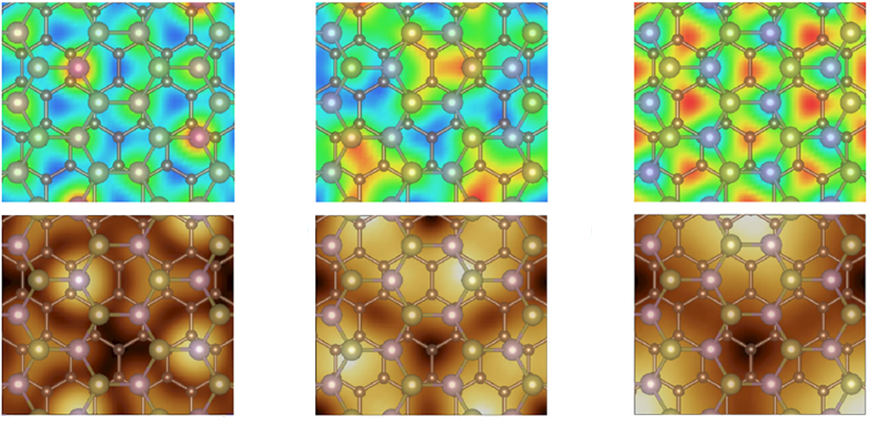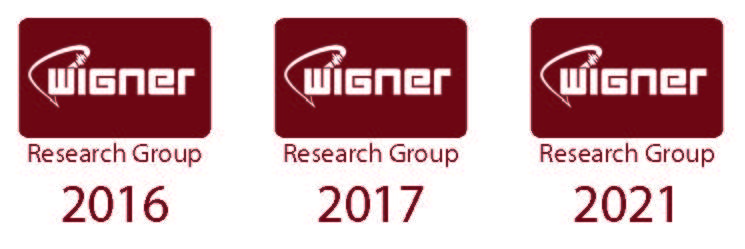Quantum Materials Research Group

Group leader: Balázs ÚJFALUSSY
Website of the group: https://wigner.hu/s/long-range-order/
Publications of the group: link to the database of the Hungarian Scientific Bibliography
Our research group studies the properties of nanostructured materials, artificial and topological quantum systems, and superconducting heterostructures using diverse theoretical tools and numerical methods. At the same time, our research is also at the forefront internationally with its innovative approaches and the development of numerical simulation programs. In addition to theoretical modeling, our group also carries out experimental design, which aims to grow and characterize new alloys with promising properties. Our main research topics are the following:
1. Superconducting and magnetic nanostructures (Balázs Újfalussy, Krisztián Palotás, Levente Rózsa)
• Determination of the surface states in multi-layered superconducting heterostructures using ab initio calculations
• Simulation of Majorana-based qubits in topological superconductors
• Investigation of exotic states in magnetic and topological superconductors
• Theoretical simulation of scanning tunnelling microscopy experiments
• Theoretical description of nanoscale magnetic configurations and their excitations
2. Magnetism of strongly correlated systems (Karlo Penc, Annamária Kiss)
• Study of the topological properties of nanoscale quantum magnets
• Description of the optical properties of multiferroic materials
• Investigation of the entangled states and the topological properties of Mott insulators, including frustrated spin and ultracold atomic systems
• Description of spin and charge fluctuations, numerical investigation of the static and dynamical properties of rare-earth compounds using quantum Monte Carlo methods
3. Mechanical properties of metals and alloys (Levente Vitos, Lajos Károly Varga)
• Characterization of the soft magnetic properties of nanocrystalline materials
• Ab initio simulation of the bulk and surface properties of multicomponent disordered alloys, particularly of high-entropy alloys grown and experimentally characterized in the laboratory of the group
Results: 2024; 2017-2023




